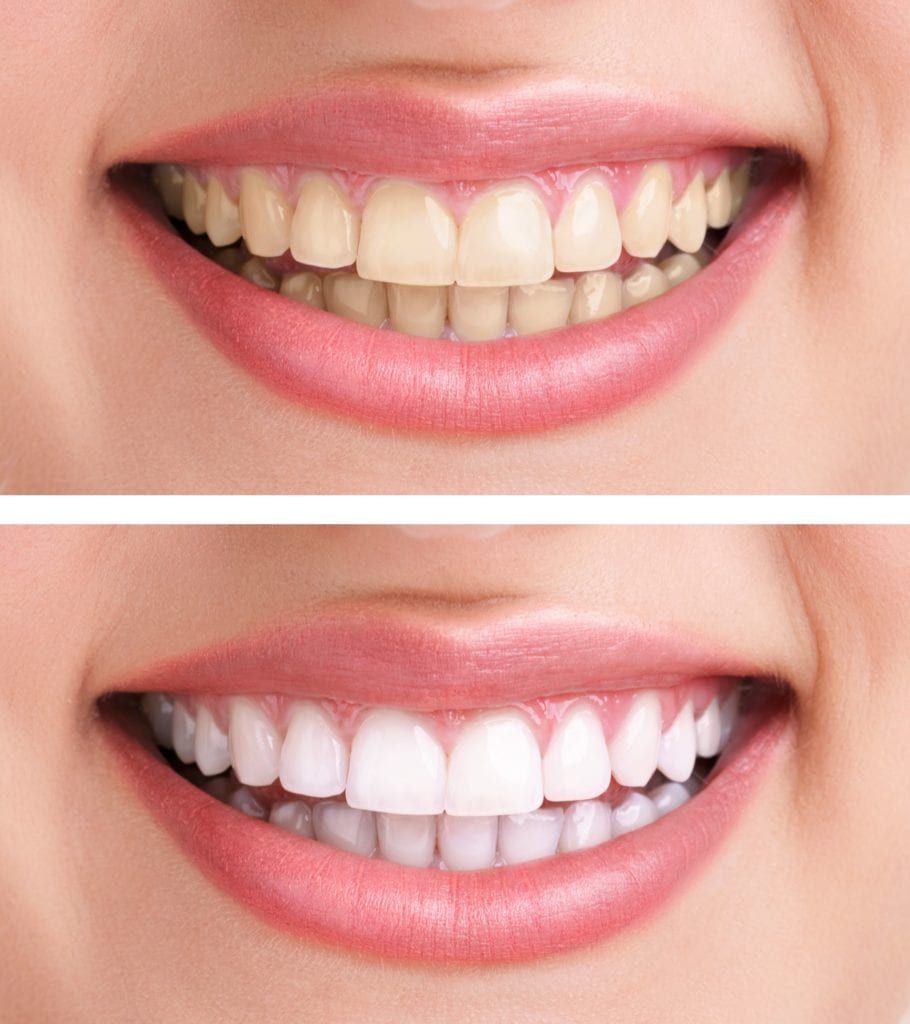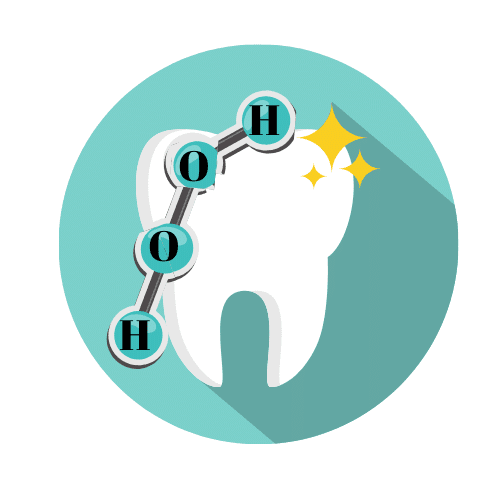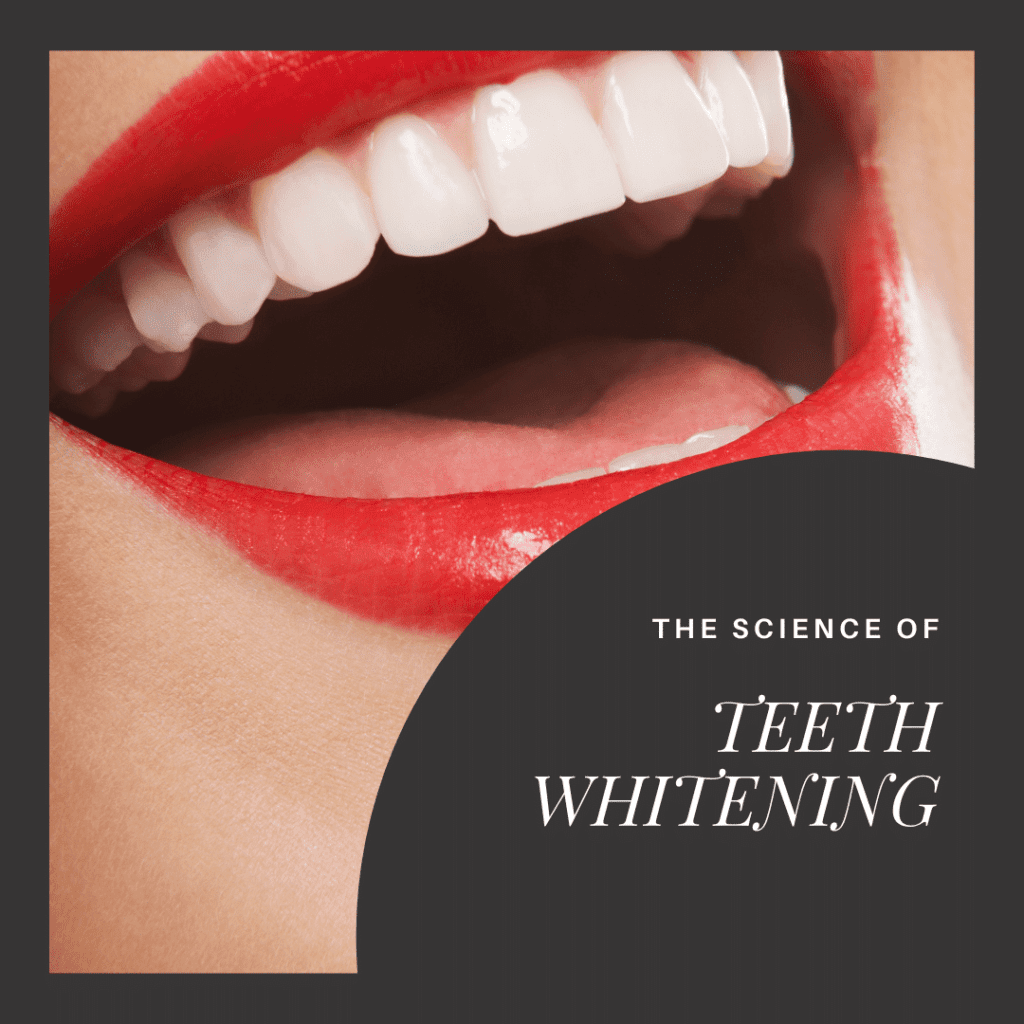Did you know that teeth whitening is the most popular cosmetic dental treatment? In fact as of 2018, the Oral Health Group estimated that $11 billion was spent by Americans on teeth whitening products and procedures. During this same time, it was also found that 3 out of 10 cosmetic dentists saw a rise in the number of teeth whitening procedures. Perhaps this is because whitening procedures are a non-invasive and affordable method to improve the look of your smile.
Additionally, whitening procedures are also extremely effective considering they are affordable and non-invasive. This is due to the science of teeth whitening. While understanding the ins and outs of whitening procedures may not be everyone’s cup of tea, knowing how whitening works can help you to maintain your whitening results for longer periods of time.
For starters, let’s take a look at stains. There are two types of stains that can affect the color of your teeth. The first are known as extrinsic stains, which are stains that form on the outer surface, or enamel, of your teeth. Extrinsic stains are generally caused by things like smoking, consuming highly pigmented foods and beverages, and staining from certain metals found in outdated amalgam fillings.

Intrinsic stains, on the other hand, affect the dentin layer underneath the enamel. They can be caused by things like age, genetics, certain antibiotics, dental trauma, excess fluoride, and developmental disorders that occured before the tooth erupted. Due to their causes, intrinsic stains are harder to prevent and eliminate.
Teeth whitening is able to eliminate extrinsic stains and some types of intrinsic stains. Unfortunately, some types of intrinsic staining may not be completely responsive to certain whitening treatments, so you will need to discuss this with your dentist. Both extrinsic and intrinsic stains are composed of colorless molecular compounds known as chromogens. While chromogens are naturally colorless, they can become pigmented by collecting the pigments from other molecules. The end result is that they produce stains.

During a whitening procedure, a whitener is applied to the surface of your teeth and left in place for about 30-60 minutes. As you sit there, the whitener is absorbed into the enamel and dentin layers of your teeth. In some cases, a special light may also be used to aid in the absorption process. It is important to not that whiteners used in professional teeth whitening procedures have a stronger concentration than over the counter treatments, which is why professional whitening is more effective in a shorter period of time.
Both professional and over the counter whiteners are composed of either carbamide peroxide or hydrogen peroxide. When carbamide peroxide or hydrogen peroxide oxidizes, it breaks apart the surrounding colored molecules before breaking down into water itself. Breaking apart the chromogens that cause stains, essentially dissolves the stains and returns your teeth to their natural color. While the natural color of teeth actually has a slight red yellow tint instead of being true white, professional teeth whitening can brighten your teeth by about 5-10 shades in a single session.


